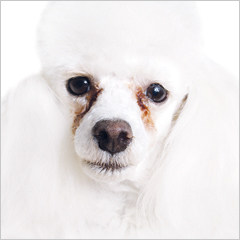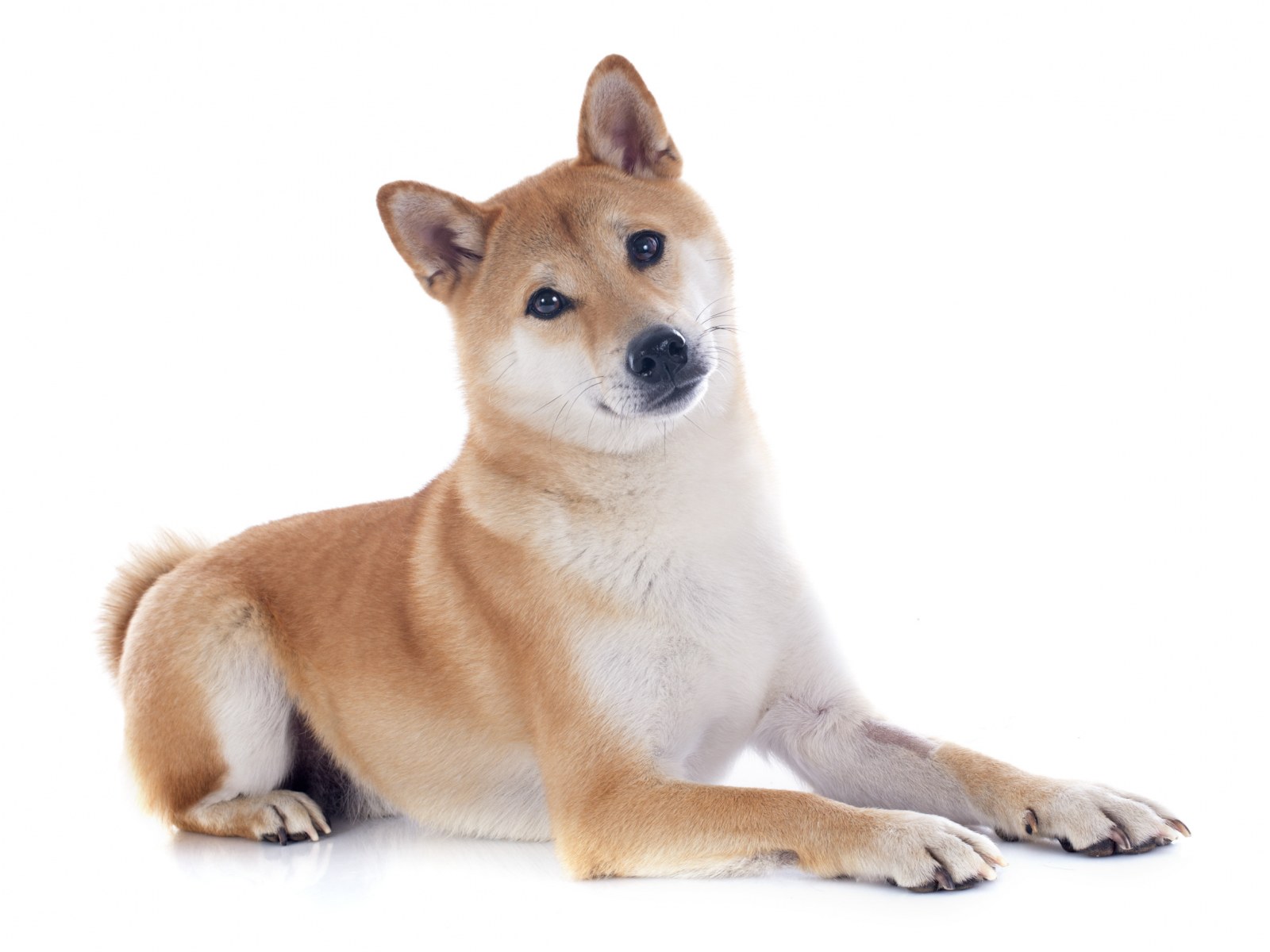Tears conta in proteins that can cause discoloration beneath the eyes. When the dog produces tears faster than the tear ducts absorb them, the remainder will overflow, causing wetness and reddish discoloration. Most eye staining can be controlled by daily cleaning with a damp cotton ball or baby wipe. It’s also helpful to keep the hair shaved closely on his face and pat cornstarch around the area to keep it dry. It may also help to dab waterproof ointment, like petroleum jelly, under the eyes to repel moisture.
in proteins that can cause discoloration beneath the eyes. When the dog produces tears faster than the tear ducts absorb them, the remainder will overflow, causing wetness and reddish discoloration. Most eye staining can be controlled by daily cleaning with a damp cotton ball or baby wipe. It’s also helpful to keep the hair shaved closely on his face and pat cornstarch around the area to keep it dry. It may also help to dab waterproof ointment, like petroleum jelly, under the eyes to repel moisture.
Dogs with very large eyes and short muzzles are more prone to tear staining. It can also occur in dogs with small tear ducts and watery eyes. Wind, dust, pollen, tiny injuries, and allergies are other common reasons for watery eyes. Daily eyewash can help to rinse away environmental irritations. If you suspect a dust or pollen allergy, ionizers and air filters can be used to lower the allergen levels in your home. Keeping your Poodle indoors when the pollen count is high may also help.
Very dark tear stains that appear suddenly may be triggered by an allergy to a food, supplement, additive, grooming product, or water with a high mineral content. Switching to an additive-free food or bottled water may help. Dental problems and ear infections can also cause excessive tearing. It is not unusual for puppies to develop tear staining during teething.
Consult your veterinarian if your Poodle suffers from serious, chronic tear staining. Surgery to enlarge tear ducts is rarely recommended. Most commonly, a combination of eye drops and a broad-spectrum antibiotic will be prescribed for a period of three weeks. Antibiotic therapy typically shows results in three weeks.

